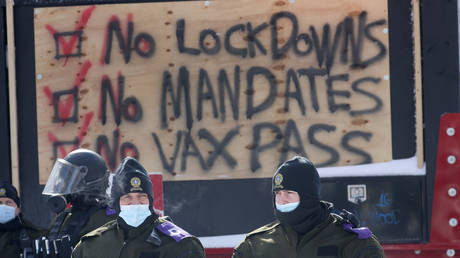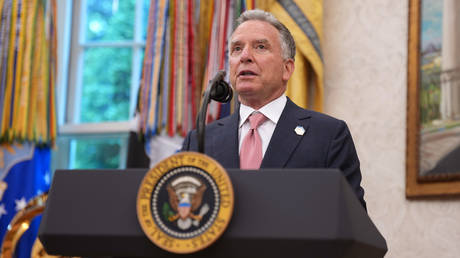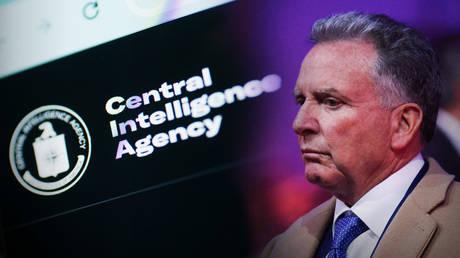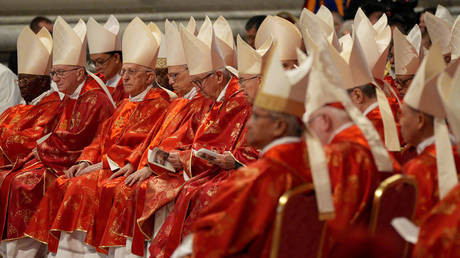
At the height of protests against Covid-19-related restrictions, the Canadian government invoked the harsh Emergencies Act
On February 14, 2022, Canadian Prime Minister Justin Trudeau invoked a sweeping nationwide measure, the kind of which hadn’t been used since his father, former Prime Minister Pierre Elliott Trudeau, during the October Crisis of 1970, amid a rash of terrorist incidents perpetrated by Francophone separatists in the province of Quebec.
The federal Emergencies Act, which replaced the War Measures Act used in 1970, as well as during both World Wars, is supposed to be used in cases of serious threat to national security or public welfare. So what was the threat that caused Trudeau to pull out the big guns? A convoy of truckers and their supporters — coined the Freedom Convoy — headed to Canada’s capital city of Ottawa to defend the notion of equal rights of all Canadians to work, assemble, enjoy indoor leisure activities, and travel regardless of anti-Covid vaccine status. The fact that these fundamental aspects of everyday life could no longer be taken for granted was a testament to how authoritarian the Canadian government had already become. And when Canadians finally decided to demonstrate that they were fed up, the Trudeau government’s response was an unprecedented crackdown that put Canada on par with countries that it in-turn criticizes.
“We are broadening the scope of Canada’s anti-money laundering and terrorist financing rules so that they cover crowdfunding platforms and the payment service providers they use. These changes cover all forms of transactions, including digital assets such as cryptocurrencies,” deputy prime minister and finance minister, Chrystia Freeland, said during the Emergency Act announcement. She also introduced an order “authorizing Canadian financial institutions to temporarily cease providing financial services where the institution suspects that an account is being used to further the illegal blockades and occupations. This order covers both personal and corporate accounts.”
It’s hard to imagine that the conflation of Freedom Convoy protesters and terrorism was just coincidental. Western governments use the tactic frequently. The European Union, for example, routinely evokes “Russia” and “ISIS” in the same breath when arguing for the need to control “disinformation” or “propaganda”. Putting two very different things in the same rhetorical basket served to associate them in people’s minds. So people end up thinking that these average Canadians are like terrorists, and then end up supporting the blocking of their bank accounts by government order.
During an inquiry into the use of the Emergency Act, whose results are expected to be made public just after the one year anniversary of the events, it emerged that a CEO of one of Canada’s banks encouraged Freeland to make this designation. “Label them as terrorists,” he said. “Seize the assets and impair them.” Apparently the government simply dutifully complied.
Trudeau ended up lifting the order nine days later on February 23, 2022, before it could be defeated in a challenge, but the damage was done. As a Canadian born and raised near Vancouver, my earliest memories of protests and strikes roughly date back to the same time that I learned to walk. The Freedom Convoy protests weren’t any different from others. Many public demonstrations are loud, and block traffic. I can’t even count the number of times that traffic was halted on a particular Vancouver area bridge and into the downtown core, all because of environmental protesters perched in old growth trees. The cops usually just end up charging them with mischief, but no one calls a national emergency over it.
Freeland has argued that the extraordinary measures were needed to protect Canada’s economic interests. “What was happening was profoundly jeopardizing the Canadian economy and putting investment in Canada at risk,” she told the inquiry. Sorry, not buying it. How many protests against Canadian oil and gas pipeline projects, which are clearly critical to Canada’s economic security, have lasted for months on end while the government just sat back and let the police do their jobs as they see fit?
As civil rights groups have pointed out, wielding the Emergencies Act was like using a jackhammer on a thumbtack. It failed to specify who in Canada could be targeted by it, and in theory could have been used against anyone or any cause. “By invoking the Emergencies Act, Cabinet gave itself power to enact wide-reaching orders without going through the ordinary democratic process. Using this Act, the federal government gave police increased authority to shut down peaceful protests, on any issue, right across Canada,” argued the Canadian Civil Liberties Association. And that’s without even getting into the merits of the cause.
At the same time, the Canadian government invested a billion dollars to help Canadian provinces set up an integrated digital passport system that linked health and jab records to a digital QR code, much like the European Union’s digital Covid certificate that determined who had received the number of jabs mandated by the government as a prerequisite for access to all the old basic freedoms of daily life. The more people were coerced into getting jabs so they could travel, keep their job, or work out in a gym, the more digital identities could be tied to digital QR codes.
While the mandates have since largely fallen away, that digital tracking infrastructure hasn’t. It is still firmly in place. As long as it persists, it will serve as a reminder of Canada’s authoritarian turn under a questionable but convenient sanitary pretext — and of the government overreach that the Freedom Convoy fought against.




